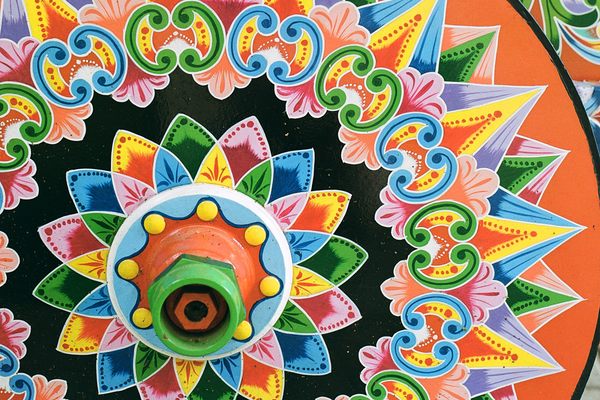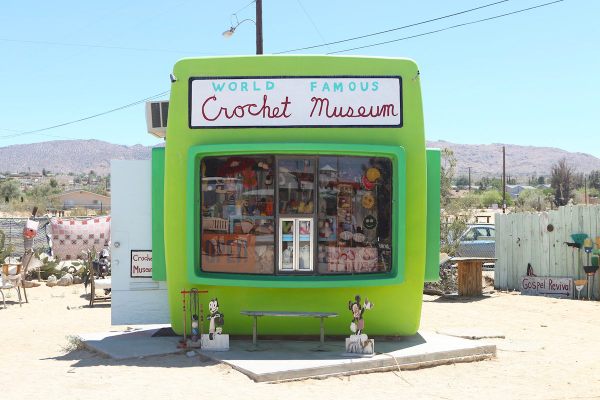
Meet the Blacksmith Resurrecting Greek History
Dimitrios Katsikis geeks out on making ancient armor with traditional methods.
In a quiet suburb of Athens, the sound of a hammer breaks the silence as it meets heated sheets of bronze. Inside a small garage turned into a workshop, blacksmith and artist Dimitrios Katsikis has spent the past 12 years designing and forging. He transforms the malleable metal by hand, using only traditional techniques, into unique and functional pieces of art that replicate the armor of antiquity for display in museums.
Like a modern Hephaestus, the god of blacksmiths, Katsikis has devoted himself to the art and craft of ancient Greek armor. His ambition grew out of his passion for ancient Greek military technology—and the realization, after viewing extensive museum collections of armor from other European countries, that there were few examples of intact Greek armor on display. So he decided to reconstruct what was missing. He has recreated 60 items of military gear, from the helmets of Mycenaean warriors to the cuirasses, or breastplates, of Byzantine knights. “There are very few armories saved from ancient Greece and most people around the world think that ancient Greek warriors walked around naked in their briefs and abs like we see in movies,” he says. “I wanted to change that perception.”
For the self-taught blacksmith, “the technical part [of creating armor] was a great adventure,” he says. “I did a lot of experimenting. The archaeological fragments were my guide and I was thinking that I should do it like they did back then.” To reimagine what that armor should look like, he spent several years visiting museums and diving into archaeological finds, literature, and art. For example, to make the linothorax (breastplate of linen and metal) of Alexander the Great, Katsikis primarily used as inspiration the Roman mosaic from Pompeii that depicts the famous warrior in battle.

Katsikis’s face lights up when he delves into details, such as extraordinary muscles forged onto the armor to resemble the Greek gods and frighten the enemy, the invention of the linothorax, or the ancient use of metalworking techniques such as repoussé (which is used to create low-relief designs on thin sheets). “I was always passionate about ancient Greek history and mythology. I loved Homer’s Iliad, because it was an epic story, a story of heroism,” he says. “But I never thought I’d be an armor-maker.” Now it is his full-time job.
Atlas Obscura offers a look into Katsikis’s work and process.









































Follow us on Twitter to get the latest on the world's hidden wonders.
Like us on Facebook to get the latest on the world's hidden wonders.
Follow us on Twitter Like us on Facebook